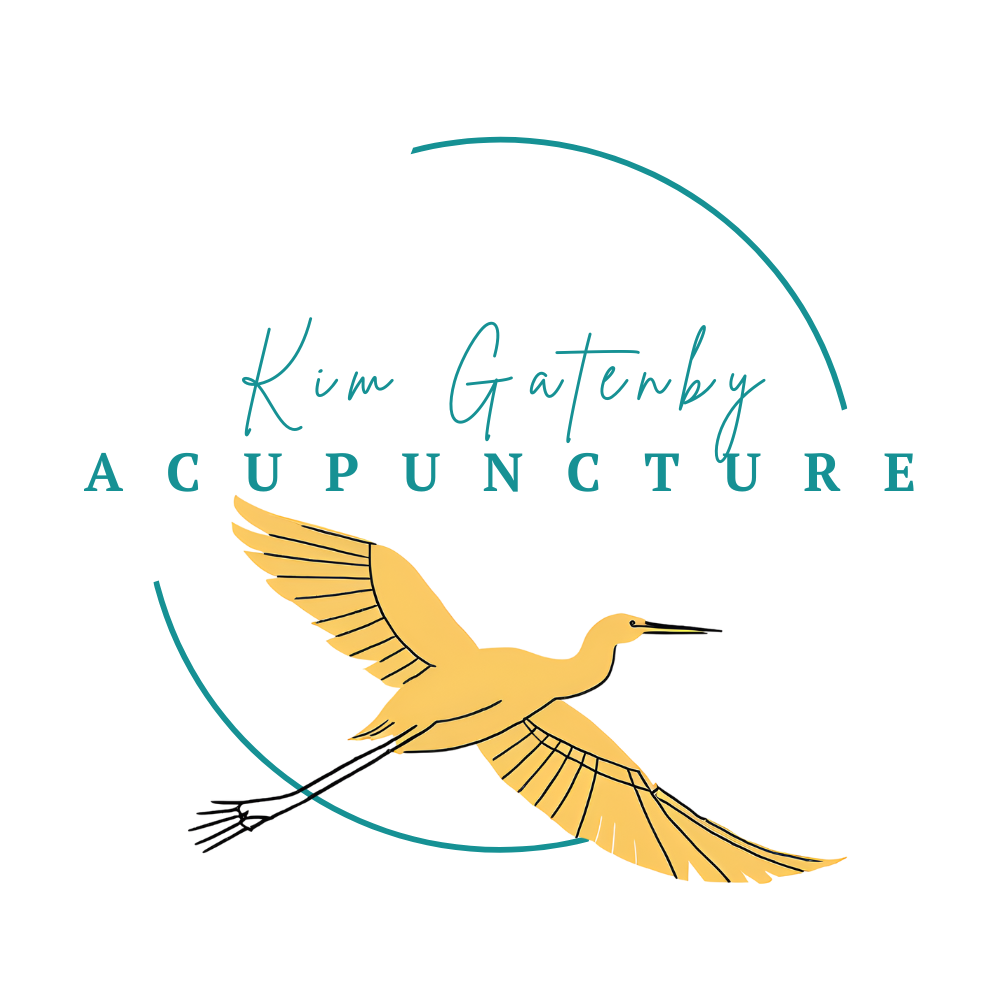It’s estimated that 1 in 10 women are living with endometriosis in Australia, and March Into Yellow Month aims to raise awareness about what so many women are experiencing. Let’s look at what endometriosis is, and the latest research on risk factors and natural treatment possibilities.
Endometriosis is a condition where the lining of the uterus (endometrium) grows in other places such as around the bowel, ovaries and other pelvic areas. During a period, this lining can also bleed into the pelvic cavity and cause inflammation and severe pain. There may also be some reduction in fertility due to endometriosis.
The most common medical treatment options include removing the rogue endometrium through a laparoscopic surgery, or hormone therapy such as the oral contraceptive pill. For many women, seeking more natural options is preferred.
As one of the 1 in 10 who is also a Dr of Chinese medicine, I have done a lot of research into how to naturally improve the symptoms of endometriosis. Some of the more recent findings are quite interesting, but as this condition is not fully understood, many more studies are needed to determine the underlying cause of endometriosis so we can learn ways to fix it.
Interestingly, high vitamin D status (the vitamin we create from sun exposure and are often quite low in here in Australia due to being sun smart) has been linked to lower chance of endometriosis(1), however supplementation of vitamin D showed no positive effect on pain reduction in cases of existing endometriosis(2).
However, the antioxidants vitamin C and vitamin E have been shown to reduce pain associated with endometriosis(3). A review of studies has also shown that a diet high in omega 3 essential fatty acids showed a lower risk of endometriosis, and supplementing with fish oil created an improvement in dysmenorrhoea (painful periods) in women with endometriosis(4). These research results can help women suffering from endometriosis to make diet and supplement choices, in conjunction with their doctor, to possibly help reduce the risk of endometriosis and reduce associated pain.
The diet studies relating to endometriosis are quite interesting in terms of their results. While you would assume that an inflammatory food like dairy would be bad for endometriosis, a study found that women who consumed more dairy were 18% less likely to develop endometriosis(1), however this is also the study that was linking low vitamin D (Vitamin D can be found in dairy) to higher risk of endometriosis. This could suggest that it is the nutrients in the dairy that had a protective role, rather than the dairy foods themselves.
In 2012 a study was published on a one year trial of a gluten free diet in women with endometriosis(5). After the gluten free year, 75% of the women had a statistically significant reduction in endometriosis related pain. This is a really important finding for women currently suffering from endometriosis pain. A separate review found no link between caffeine intake and endometriosis(6), so even if you chose to give up gluten, at least you could have a nice cuppa to start the day.
In terms of natural treatment options, a 2017 review has found a positive effect of acupuncture on the treatment of endometriosis(7). The review claims that acupuncture reduces pain associated with endometriosis. In 2015 a study was also performed on Chinese herbal medicine in endometriosis, with positive outcomes(8).
These studies and reviews are just a portion of the available scientific literature, so it’s best to discuss your treatment options with your doctor. It’s nice to know that further research is continually being performed to help learn more about endometriosis and offer some relief to the 1 in 10 women who are suffering from it.
References:
- Harris HR, Chavarro JE, Malspeis S, Willst WC, Mister SA. 2013. Dairy-food, calcium, magnesium, and vitamin D intake and endometriosis: a prospective cohort study. American Journal of Epidemiology.
- Almassinokiani F, Khodaverdi S, Solaymani-Dodaran M, Akbari P, Pazouki A. 2016. Effects of Vitamin D on Endometriosis-Related Pain: A Double-Blind Clinical Trial. International Medical Journal of Experimental and Clinical Research.
- Santanam N, Kavtaradze N, Murphy A, Dominguez C, Parthasarathy S. 2013. Antioxidant supplementation reduces endometriosis-related pelvic pain in humans. Journal of Laboratory and Clinical Medicine.
- Hansen SO, Knudsen UB. 2013. Endometriosis, dysmenorrhoea and diet. European Journal of Obstetrics, Gynecology and Reproductive Biology.
- Marziali M, Venza M, Lazzaro S, Lazzaro A, Micossi C, Stolfi VM. 2012. Gluten-free diet: a new strategy for management of painful endometriosis related symptoms? Minerva Chirurgica.
- Chiaffarino F, Bravi F, Cipriani S, Parazzini F, Ricci E, Viganò P, La Vecchia C. 2014. Coffee and caffeine intake and risk of endometriosis: a meta-analysis. European Journal of Nutrition.
- Xu et al. 2017. Effects of acupuncture for the treatment of endometriosis-related pain: A systematic review and meta-analysis. PLoS One.
- Ding Z, Lian F. 2015. Traditional Chinese medical herbs staged therapy in infertile women with endometriosis: a clinical study. International Journal of Clinical and Experimental Medicine.





